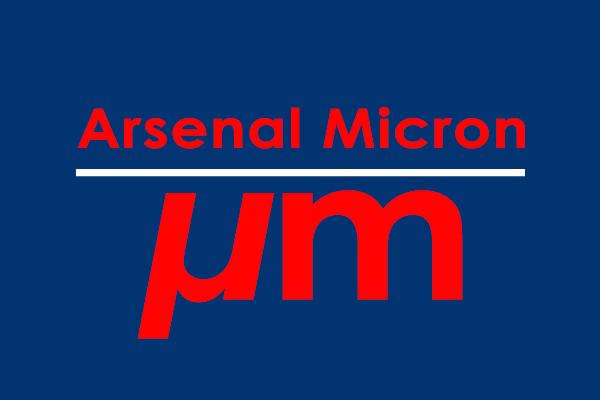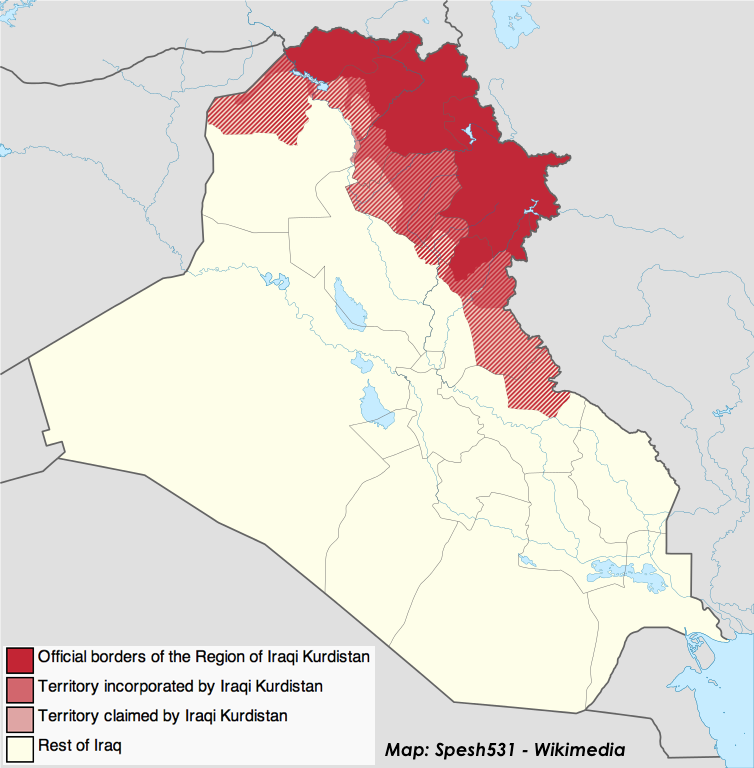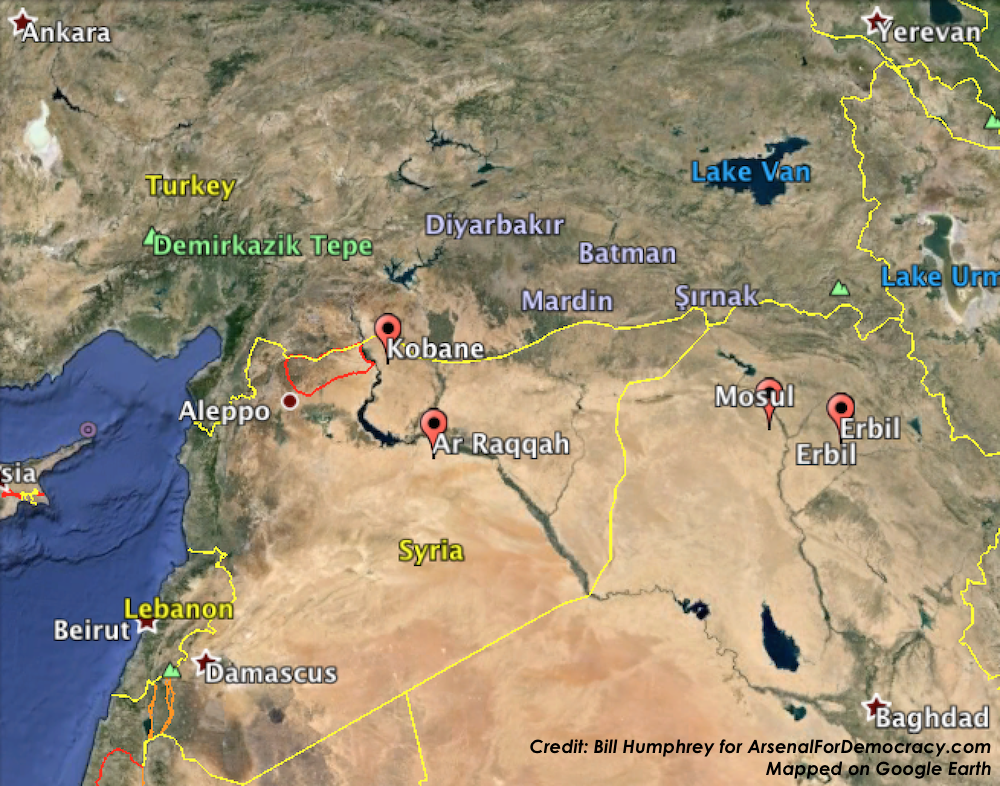Since 2009, remains of over 400 immigrants have been found in Brooks County, Texas — a fact that came to light in an investigative documentary, The Real Death Valley, by the Weather Channel, Telemundo, and the Investigative Fund. You can read the report here.
Many of the bodies were buried with haste and carelessness, in conditions that can only be described as mass graves. With hundreds more to go, 118 bodies have been exhumed by researchers at Baylor University, who hope to identify the remains and return them to their families. Reporter John Carlos Frey, author of The Real Death Valley writes:
The analysis shows that 51 of the 118 sets of human remains were not buried in coffins. Fourteen of the remains were placed in red biohazard bags; four in what appeared to be grocery store trash bags. Five were covered only in plastic wrap and packing tape. One set of remains was buried in a milk crate, while another was simply wrapped in clothing.
The story has now moved from one of a horrifying discovery to one of a horrifying and negligent response.
Last year, on June 25, 2014 the Texas Rangers Division of the Department of Public Safety launched a preliminary investigation on the grave sites, promising that charges would be filed if any wrongdoing was found. Just two days later, on June 27, 2014, Lt. Corey Lain, the primary investigator, announced in a four-and-a-half-page report that there was no evidence that any laws were violated. Lain concluded:
“It is my opinion that sufficient information and evidence does not exist to support the initiation of a formal criminal investigation.”
Frey, who recently published a follow-up report titled Graves of Shame, concludes that, in fact, there were many law violations. The most egregious violations may not be those regarding the burial of human remains – although regulations regarding the depth of burial and type of burial container do appear to have been violated – but the violations which prevent the identification of the remains and their reunification with their family. You can read the complete report here.
For example, despite a county law that a DNA sample must be taken from all unidentified remains and sent to the lab at the University of North Texas (UNT), it appears that DNA samples were rarely even collected and never sent to UNT.
Additionally, in Texas, the clerk’s office are required by law to retain all death records for a minimum of 10 years. However, despite the fact that the sheriff’s office was able to turn over 361 crime scene reports regarding the discovery of human remains, they were able to produce records for only 121 remains regarding the retrieval and burial of the remains; two-thirds of the bodies were unaccounted for, making it nearly impossible for their loved ones to ever know the fate of these immigrants.
In the 13 months since the Texas Rangers reached their conclusion, only one law has been passed by Texan legislators regarding the remains of immigrants. The law states that after one year the death certificate of unidentified remains becomes public. That is hardly comforting to the hundreds of unknowing families of those buried unceremoniously in Brooks County, Texas.
Dr. Lori Baker, a forensic anthropologist from Baylor University working to identify the remains of those in mass graves sums up the story in a hauntingly true statement:
“Nobody cares about dead immigrants. They’re invisible when they’re alive, and they’re even more invisible when they’re dead.”







